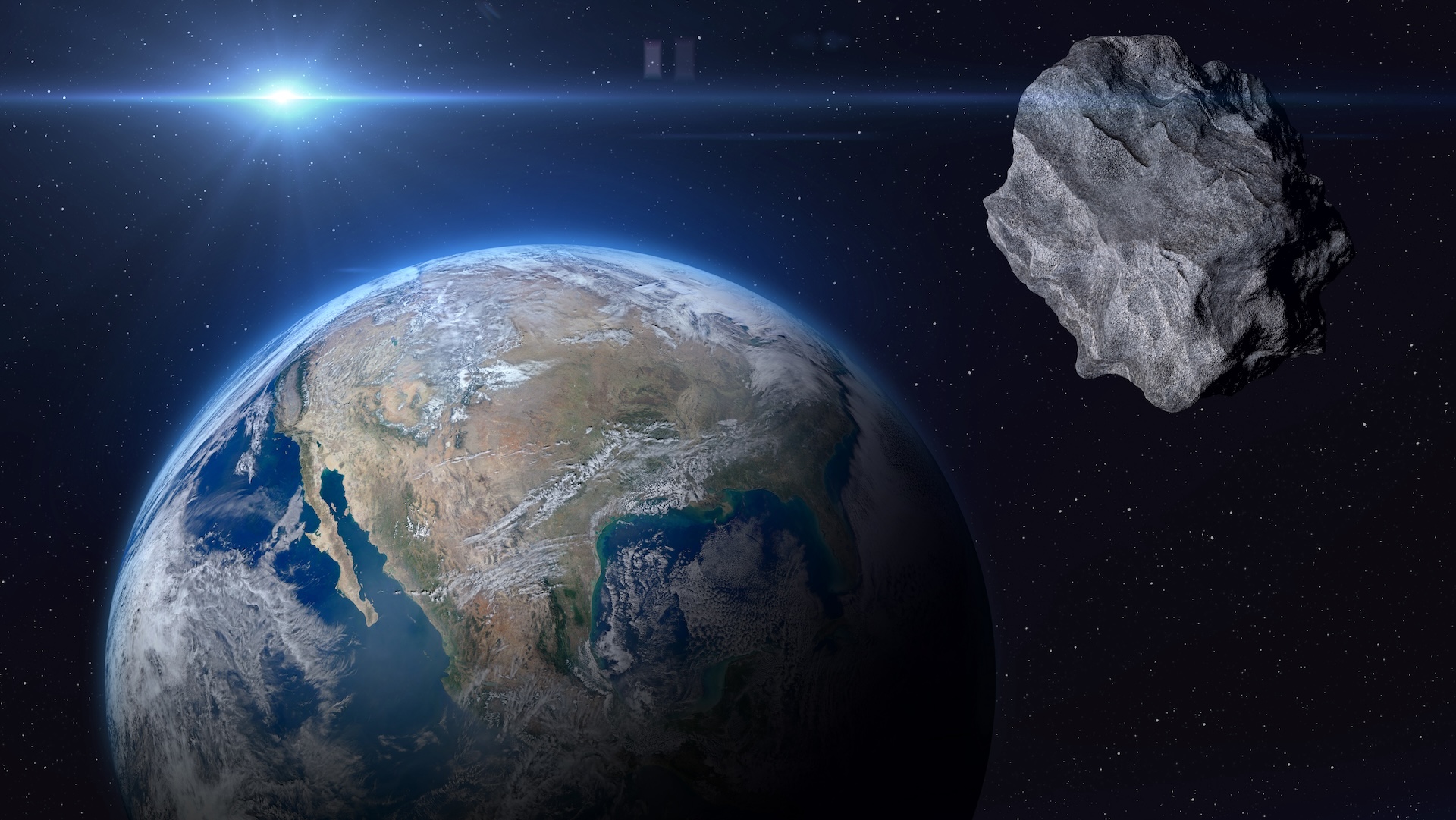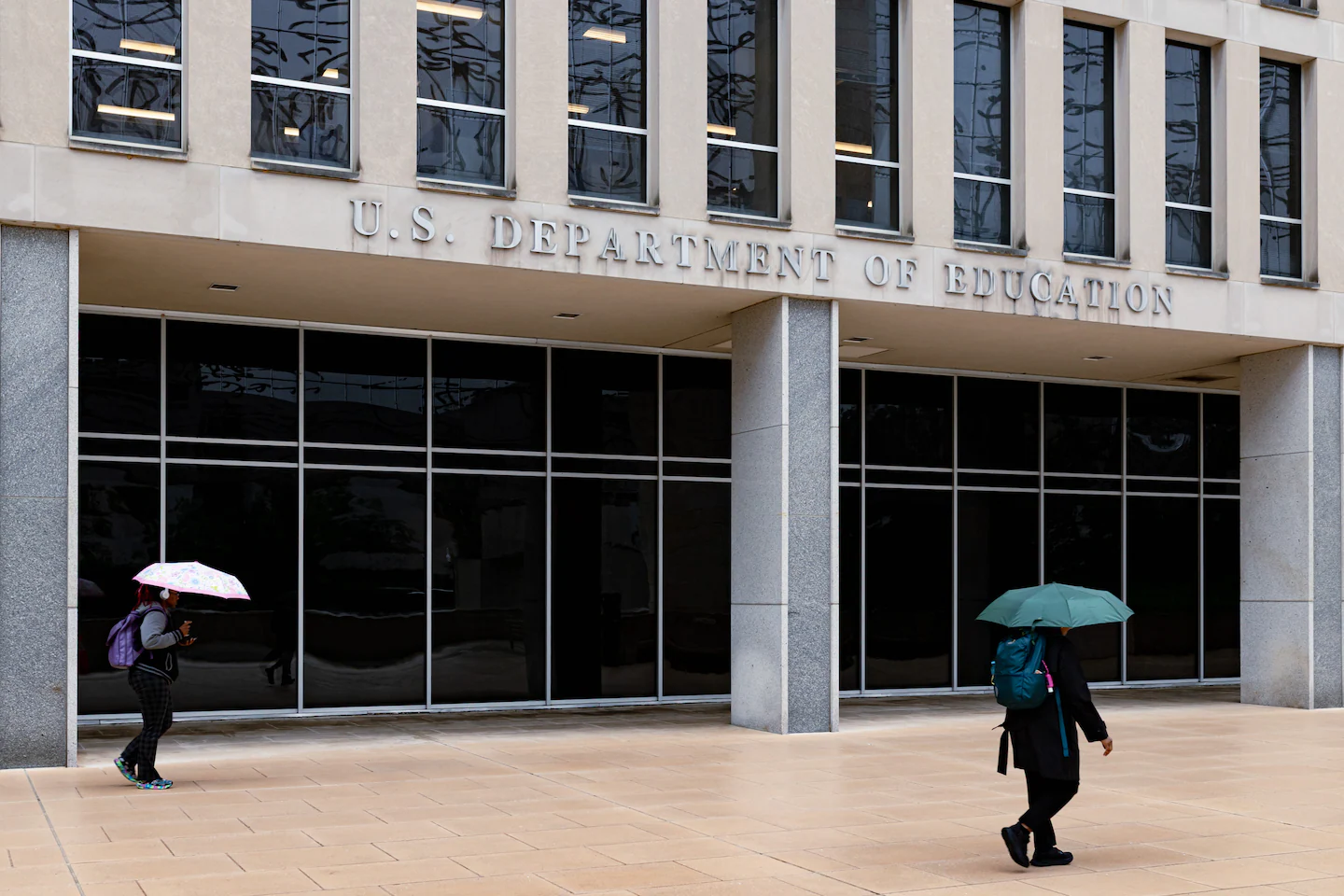
Today, our planet faces an extraordinary event—a massive celestial body is hurtling through space and is set to make an extremely close approach to Earth. This isn’t just another passing asteroid; it is a stadium-sized asteroid, with some reports confirming it is approximately 990 feet long, comparable to a large sports stadium. Such a magnitude of space rock raises both scientific interest and concern among global observers, space agencies, and the general public alike.
The Details of the Approaching Asteroid
The asteroid, identified through various space monitoring systems, is categorized as a near-Earth object (NEO), which means its orbit brings it into the vicinity of Earth’s orbit. Today, multiple reputable sources like NewsBytes and Moneycontrol reports the same.
This close approach has generated significant attention from astronomers and space enthusiasts, as such risks highlight the importance of continuous monitoring of NEOs. The asteroid’s speed is estimated to be around 22,000 mph, which is typical for objects in close planetary flybys, but the sheer size of this asteroid makes its proximity especially notable.
What Makes This Event Significant?
Potential Impact Risks
- If an asteroid of this size were to collide with Earth, the consequences could be catastrophic—ranging from regional destruction to global climate effects. While current models suggest that this particular asteroid will not impact Earth, its proximity underscores the necessity for vigilant monitoring and preparedness.
- Scientists are using this opportunity to study the asteroid’s composition, trajectory, and behavior as it passes near Earth, which can inform future planetary defense strategies.
NASA and International Space Agencies’ Response
NASA, along with other international space agencies, is actively tracking this asteroid and several others that pose potential threats. A recent report by NASA has confirmed the asteroid’s trajectory and issued alerts for potential future close encounters.
The Science Behind Tracking Near-Earth Objects
Monitoring and tracking space rocks like this stadium-sized asteroid involve advanced telescopic systems, radar imaging, and computational models. Agencies such as NASA’s Near-Earth Object Observations program and planetary defense initiatives worldwide work tirelessly to catalog and predict the paths of these objects. Such efforts are critical to assessing impact threats and devising potential deflection strategies if necessary.
Recent technological advancements have allowed scientists to detect even smaller objects at greater distances, giving humanity crucial lead time to prepare or respond if necessary. The ongoing observation of the current asteroid offers a valuable case study for refining our detection and tracking capabilities.
The Broader Context: Asteroid Activity in 2023
Recent months have seen several notable asteroid discoveries and close approaches. The passage of this large object highlights a broader pattern—space is filled with objects of various sizes, and the probability of a significant impact, while low, remains an important threat to be managed. The increasing focus on planetary defense reflects a proactive approach to space hazards, emphasizing the importance of international collaboration, funding, and technological innovation.
NASA’s Role and Future Missions
NASA’s upcoming missions, such as the planetary defense test missions, aim to develop technologies to divert potentially hazardous asteroids. The DART (Double Asteroid Redirection Test) mission, for example, is designed to demonstrate the capability to change an asteroid’s trajectory intentionally. These efforts are vital in safeguarding Earth from future threats—an emergency preparedness that is gaining paramount importance as our detection systems grow more sophisticated.
The Significance for Humanity and Awareness
While the immediate threat level of today’s approaching asteroid appears low, the event serves as a reminder of the dynamic and unpredictable nature of our universe. It underscores the importance of continued investment in space observation infrastructure and international cooperation. Public awareness campaigns and educational initiatives also play a role in fostering understanding of cosmic hazards and the technology used to mitigate them.
In addition, this close approach provides a perfect opportunity for scientists, students, and space enthusiasts to observe and learn more about asteroid characteristics, orbital mechanics, and planetary defense. It is a tangible demonstration of our ability to track and predict objects millions of miles away—an inspiring example of human ingenuity and curiosity.
Conclusion
With the giant asteroid making its near pass today, humanity is reminded of the vast, ever-changing cosmos we inhabit. While the event does not pose an immediate danger, it amplifies the importance of ongoing vigilance, research, and technological advancement in planetary defense. As our monitoring systems become more refined, our readiness to face cosmic threats strengthens, ensuring the safety of our planet now and in the future.
Stay informed about such celestial events and developments in space science by following reputable sources. The universe constantly offers us lessons in humility, resilience, and curiosity—an enduring source of awe and inspiration.
For more updated news please keep visiting Prime News World.







